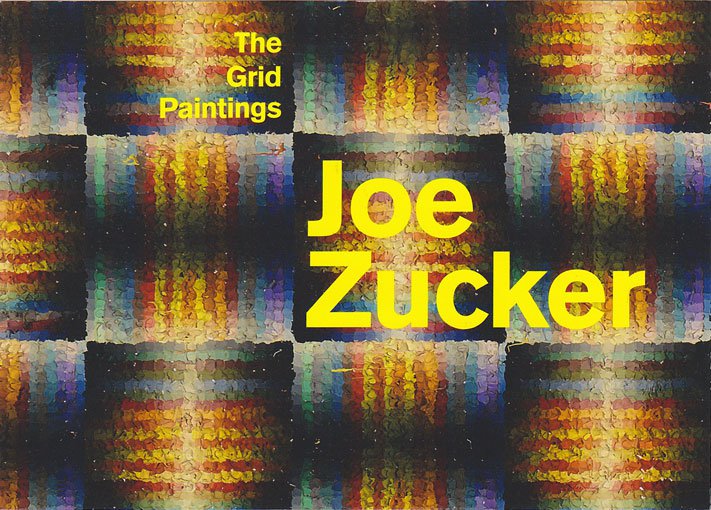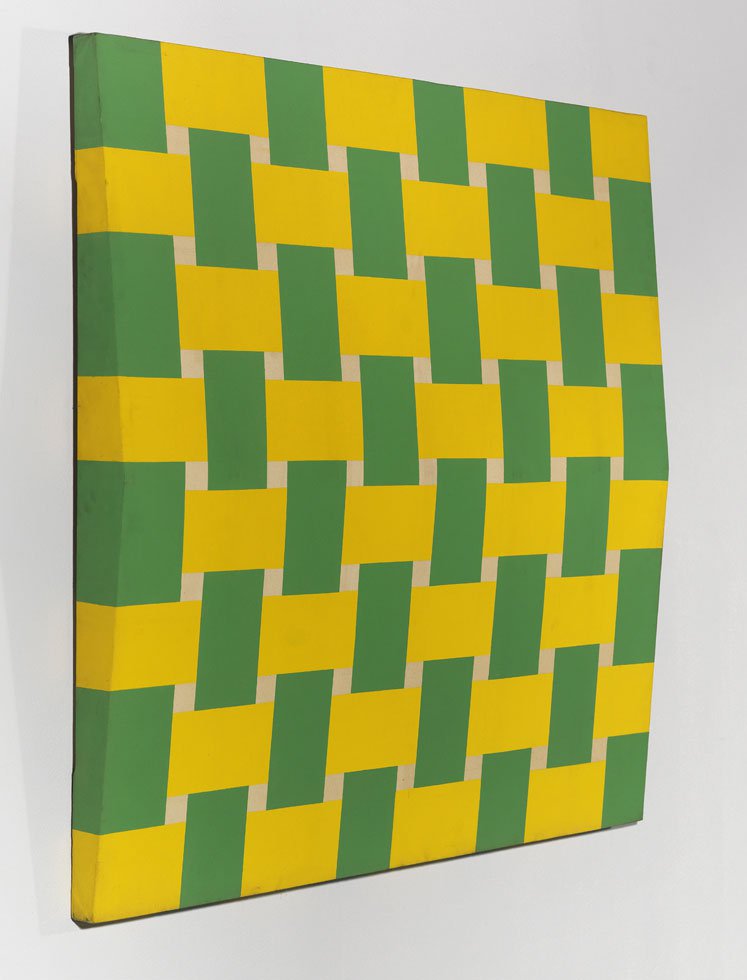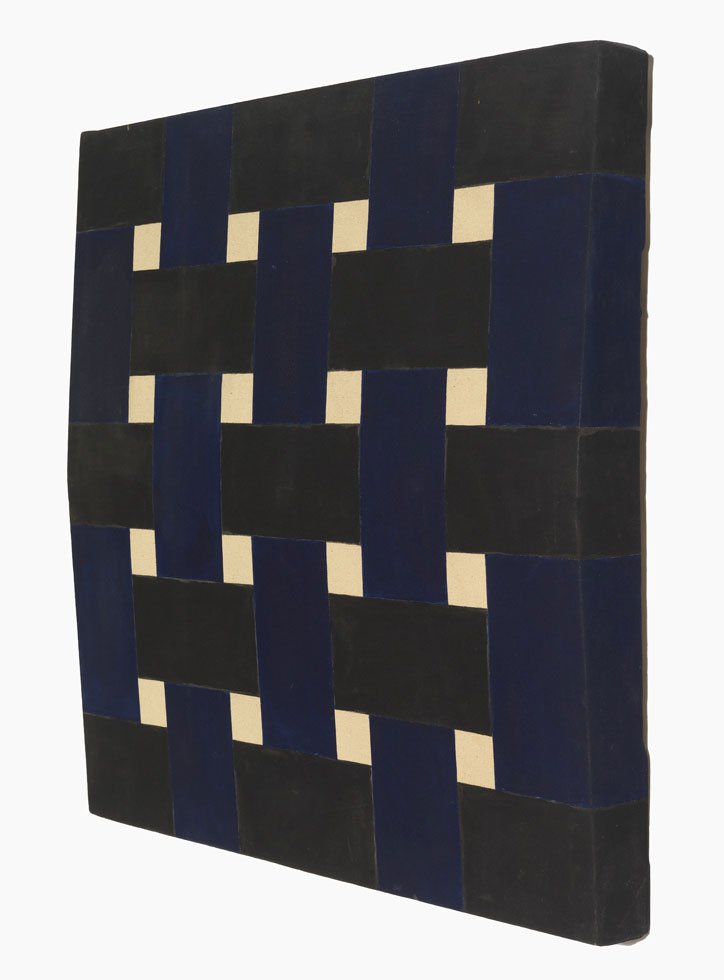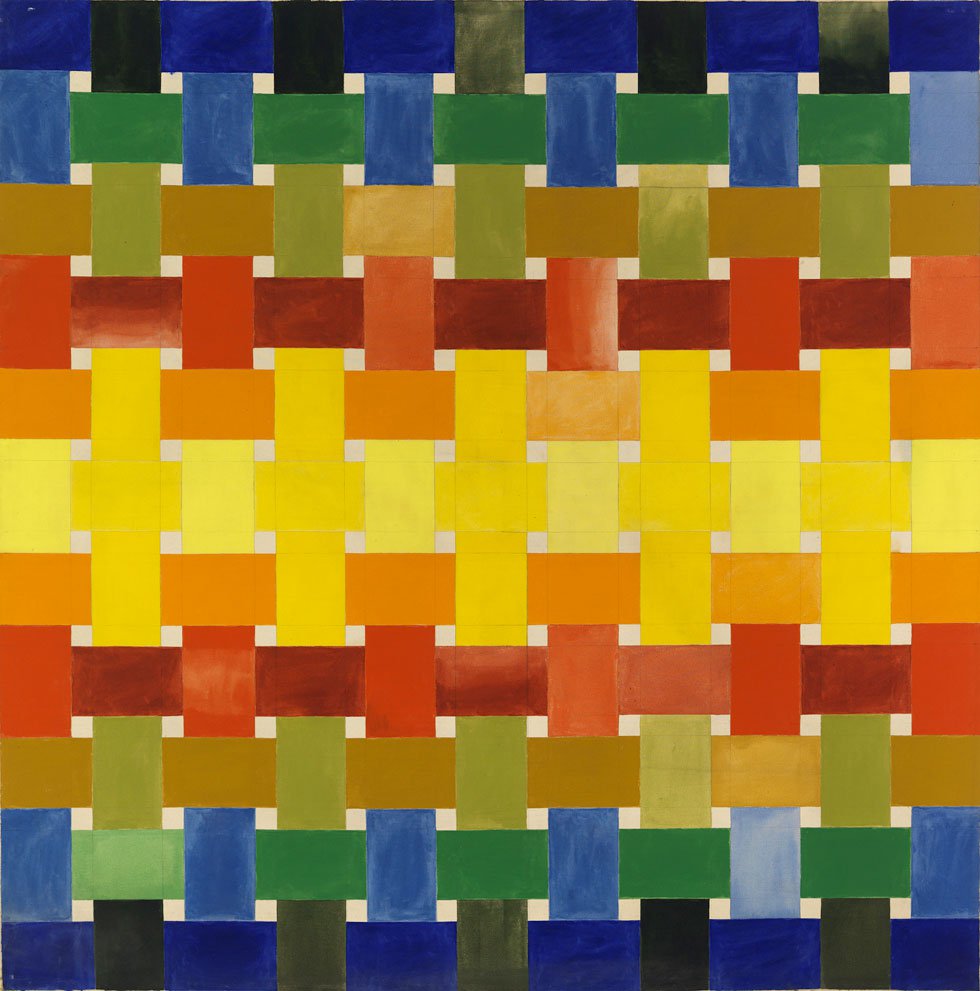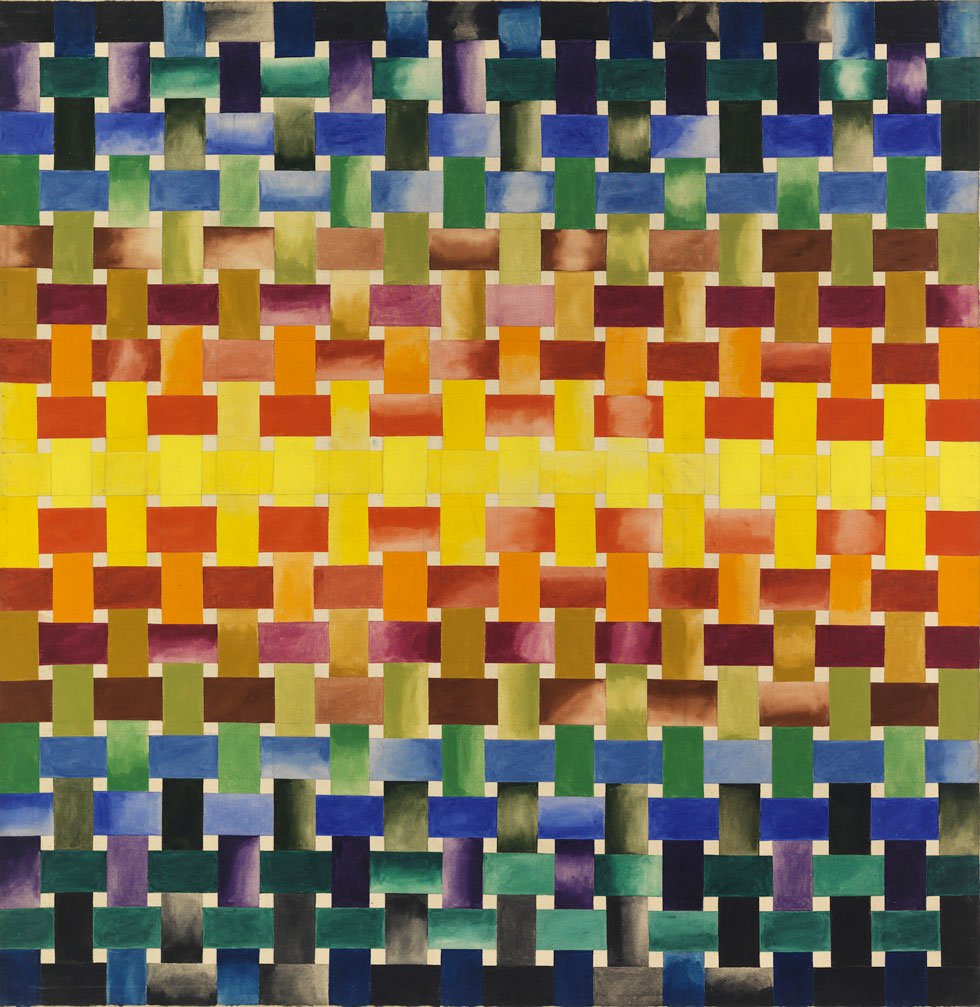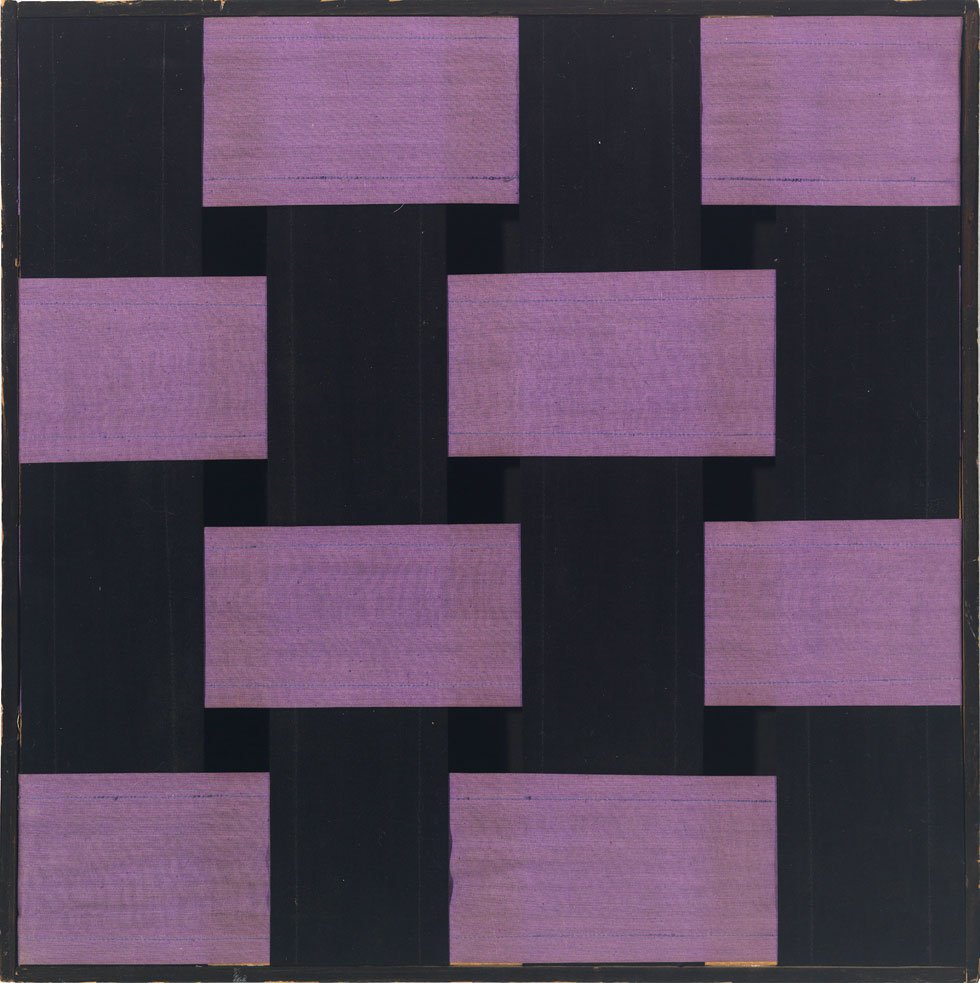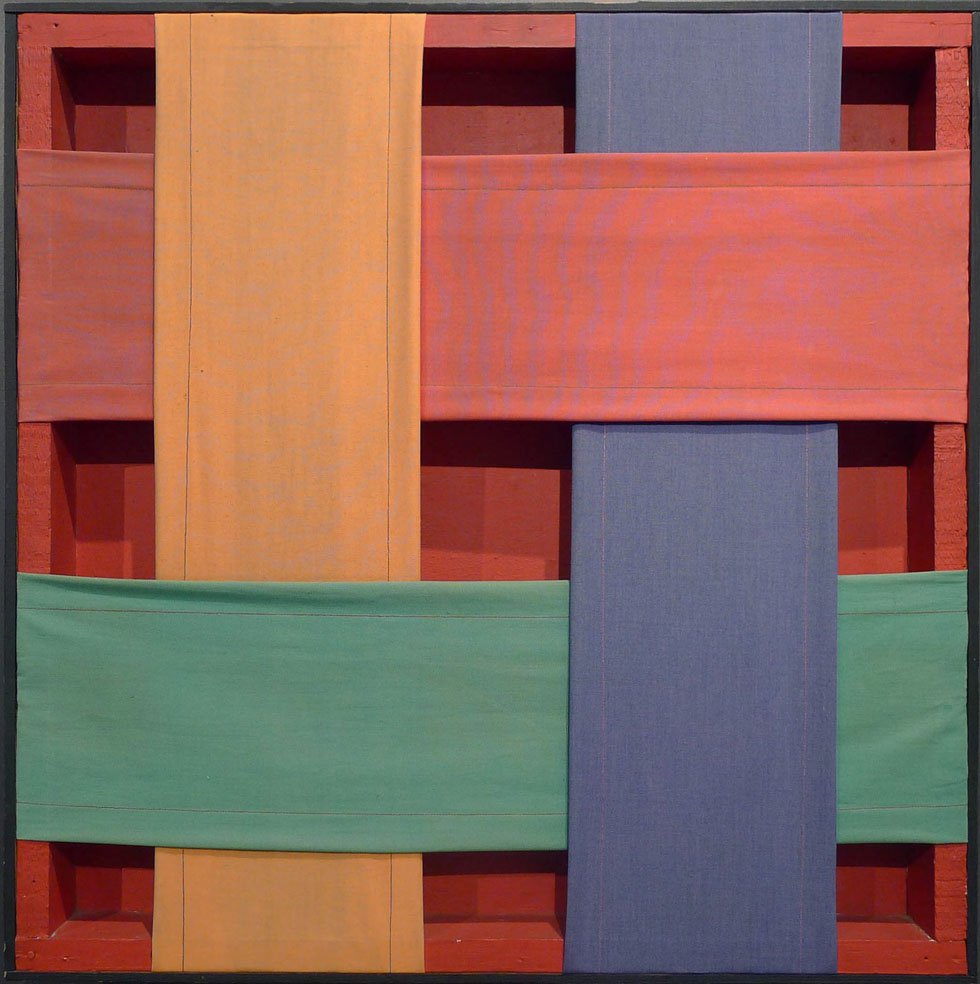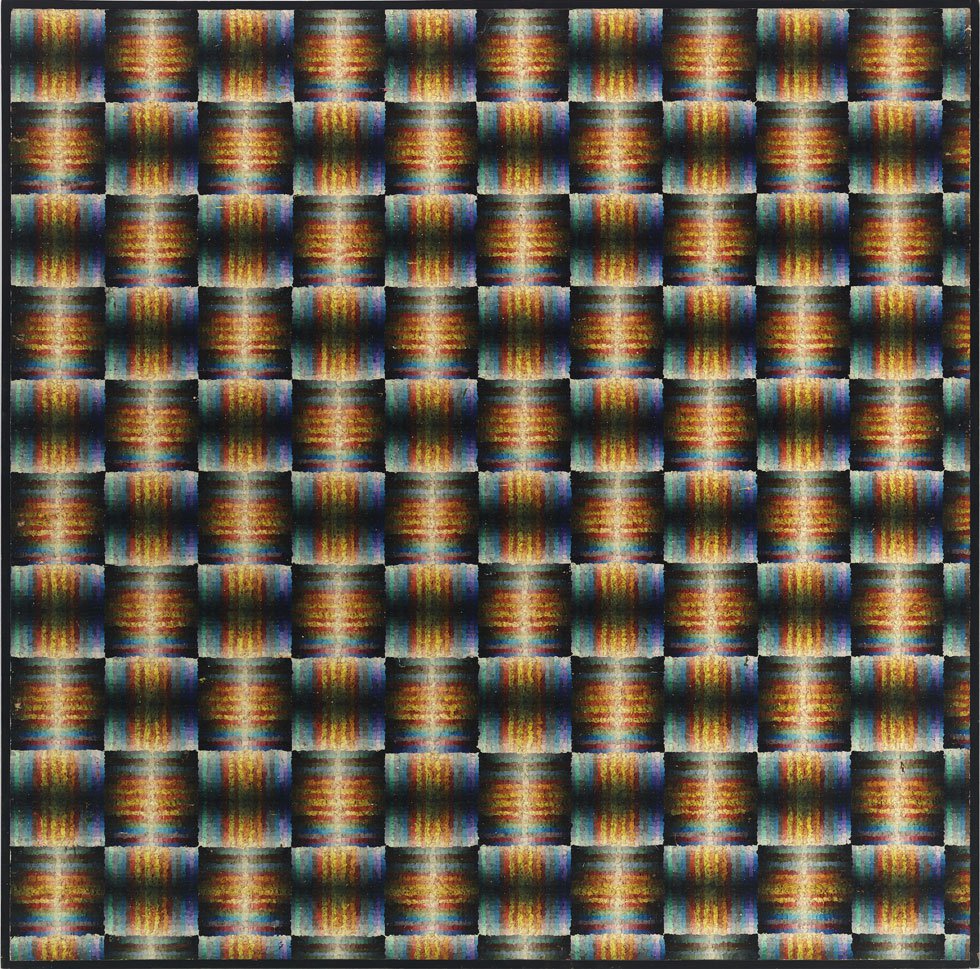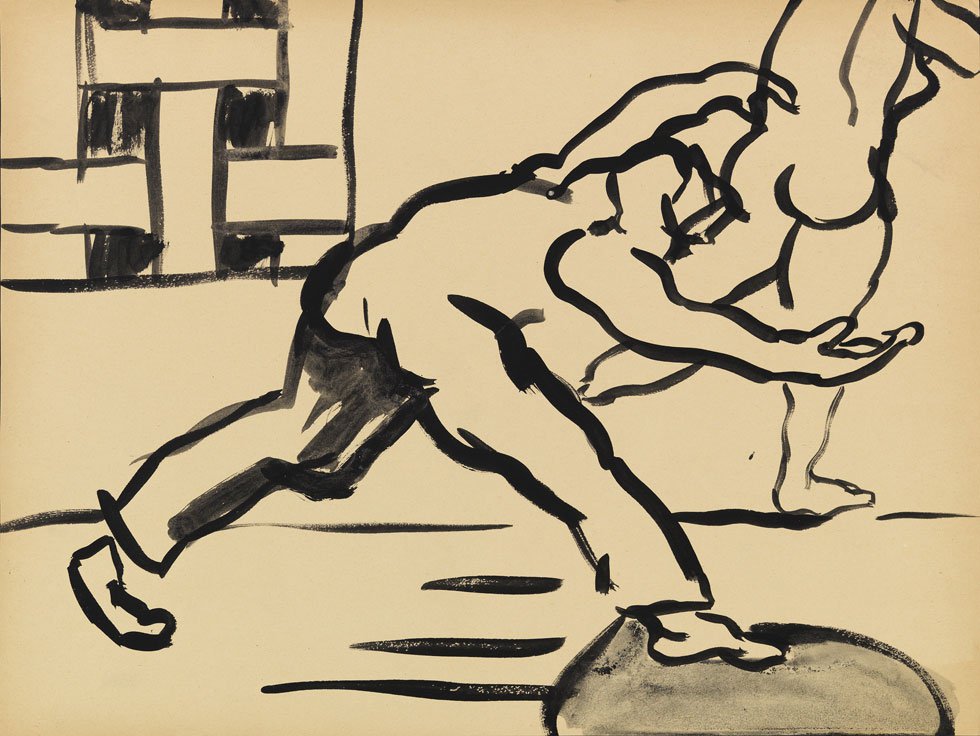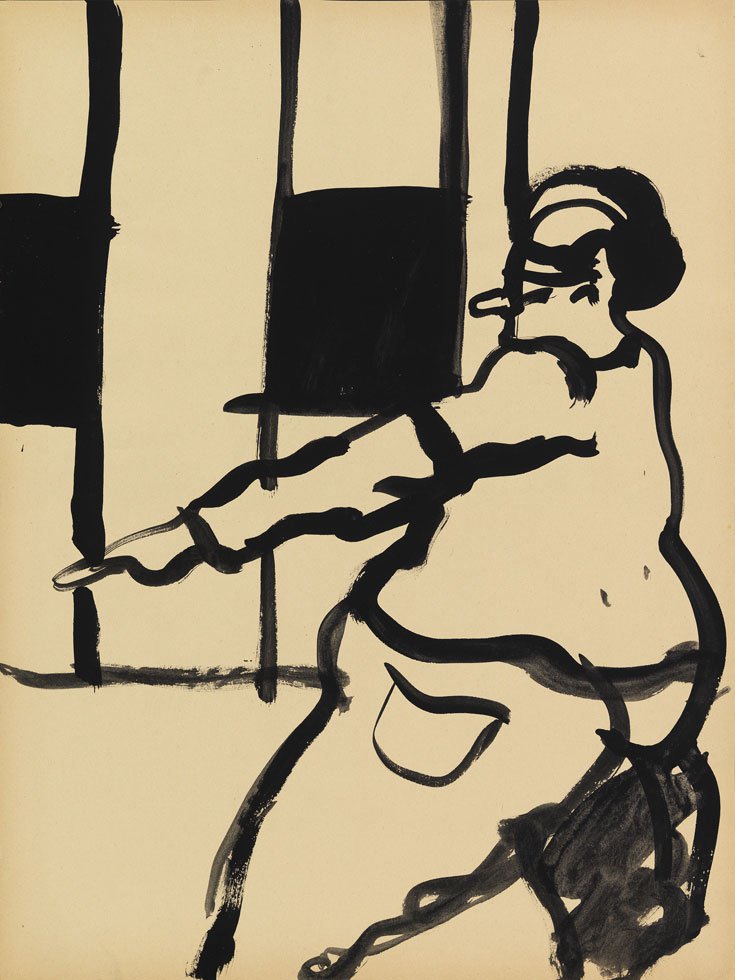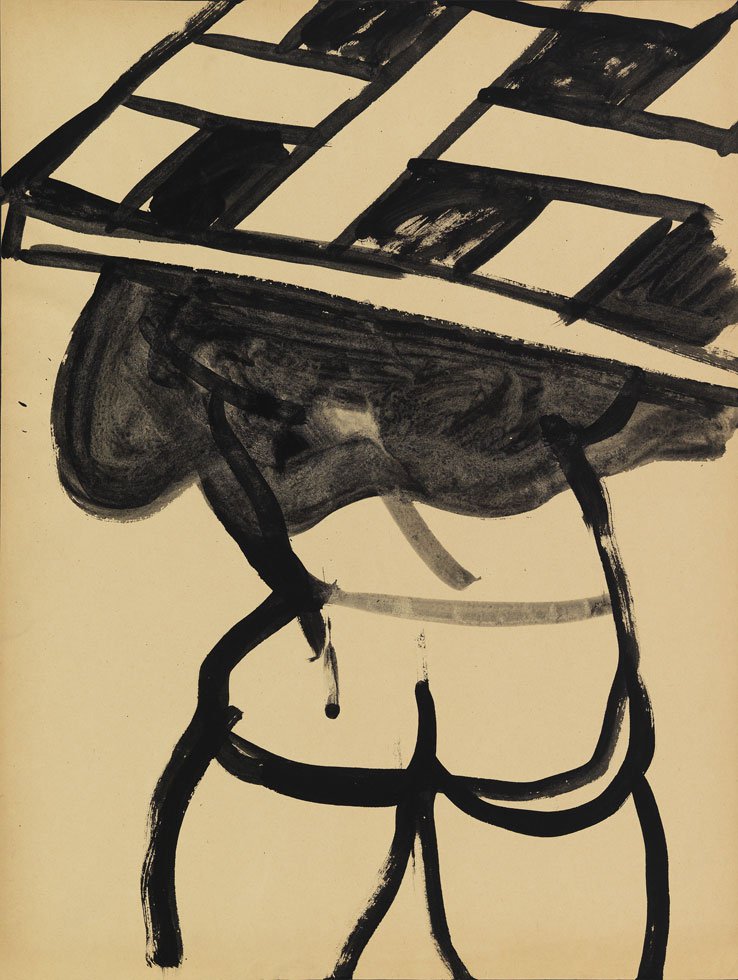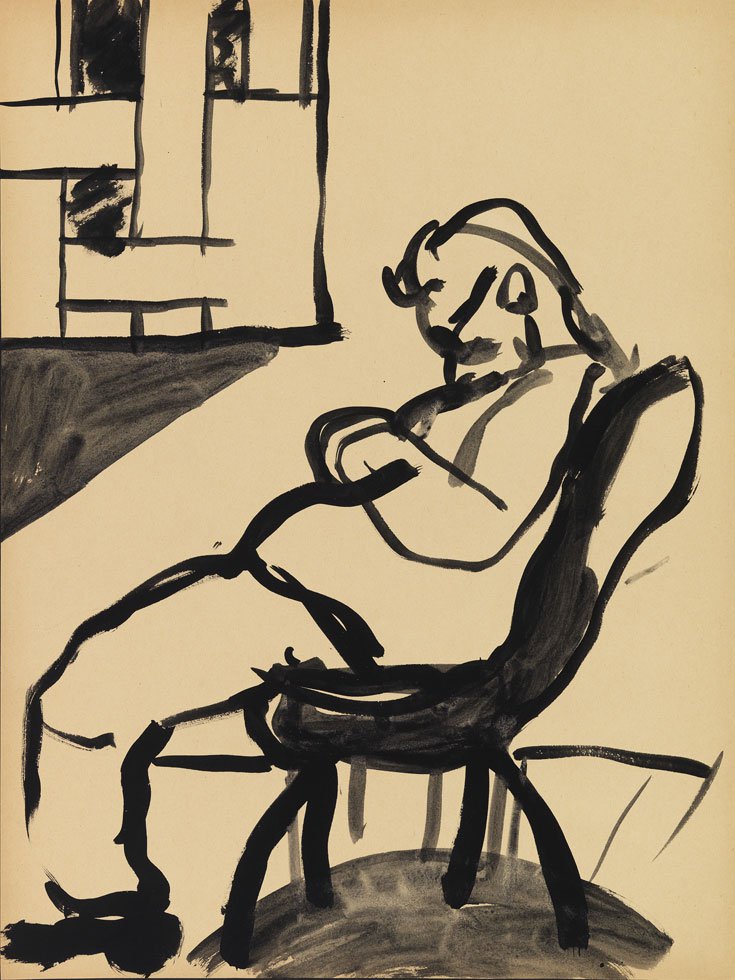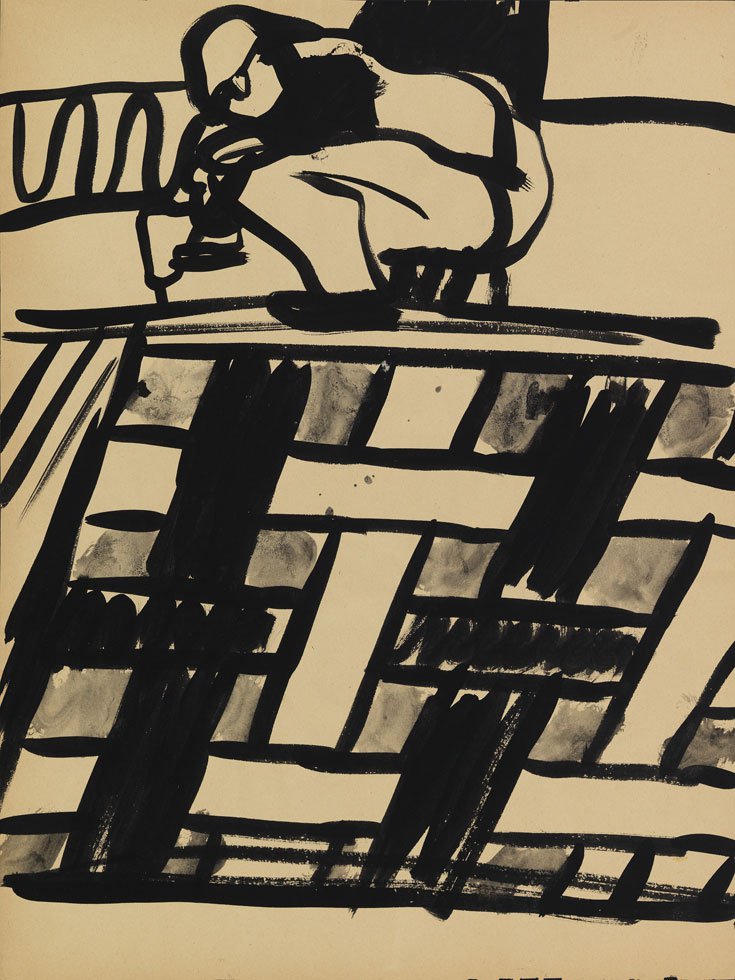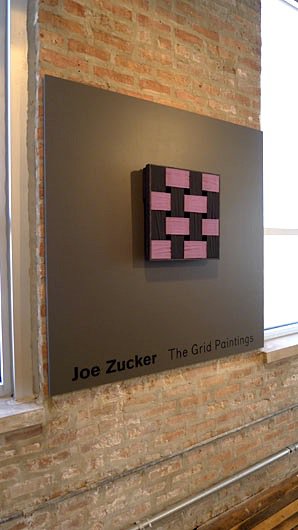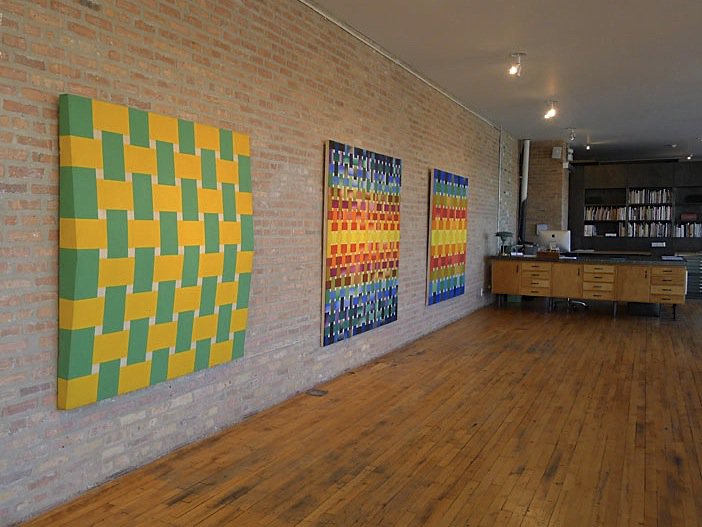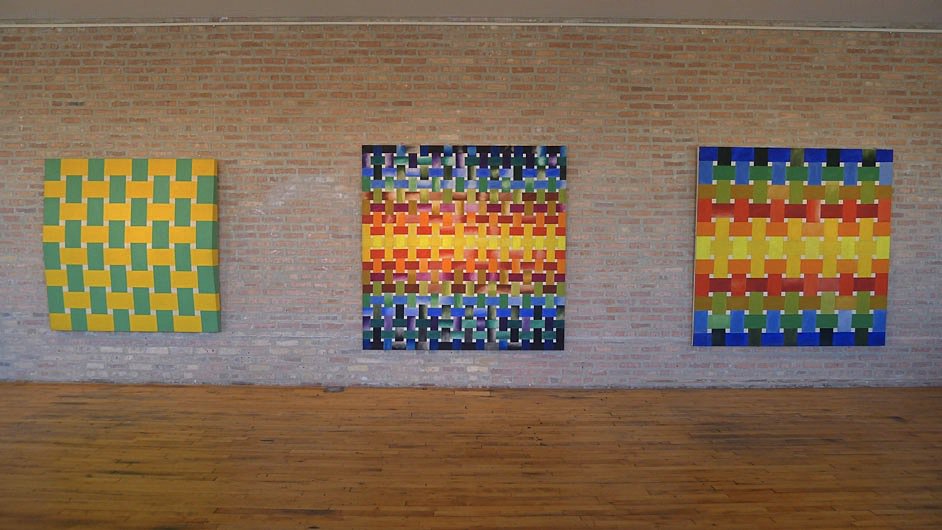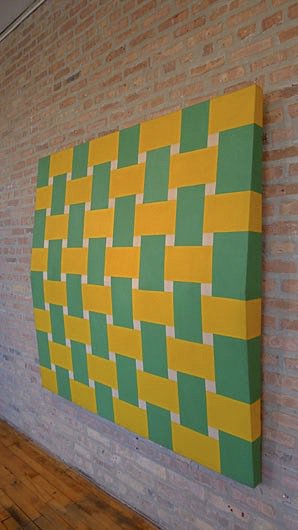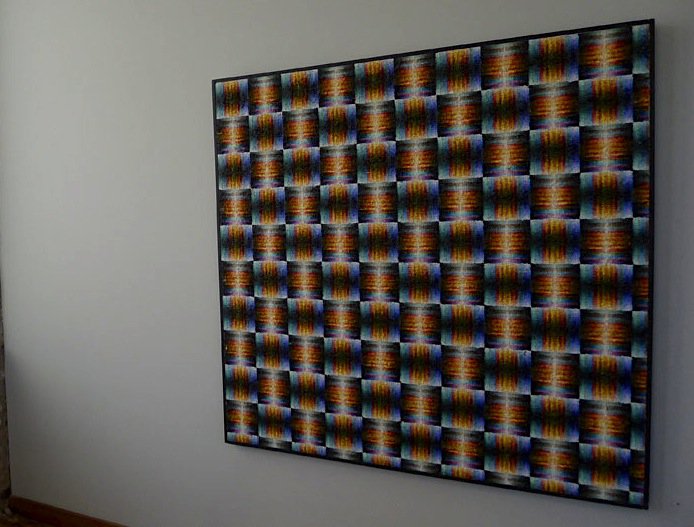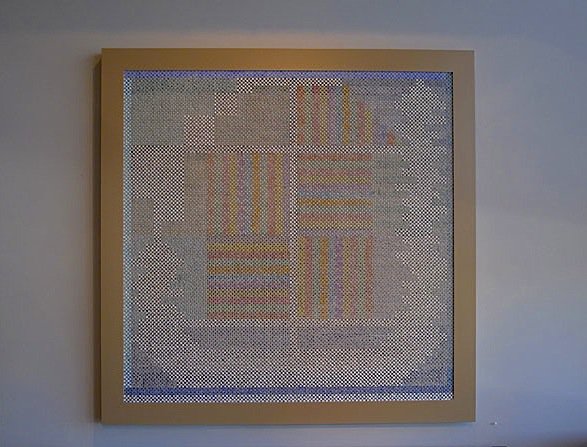Joe Zucker The Grid Paintings
September 17 - October 22, 2011
Main Gallery



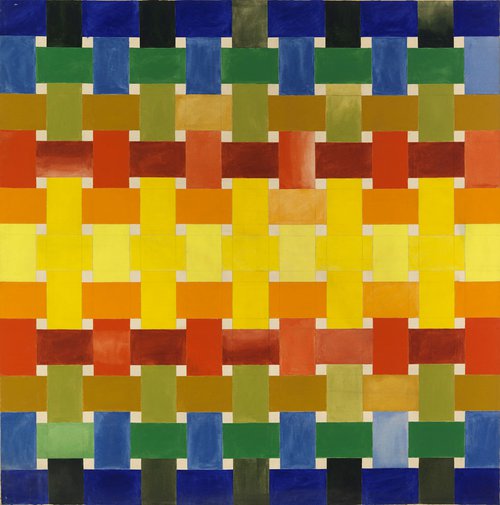
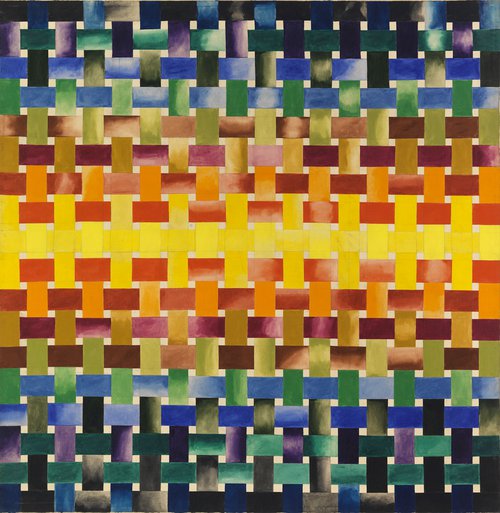
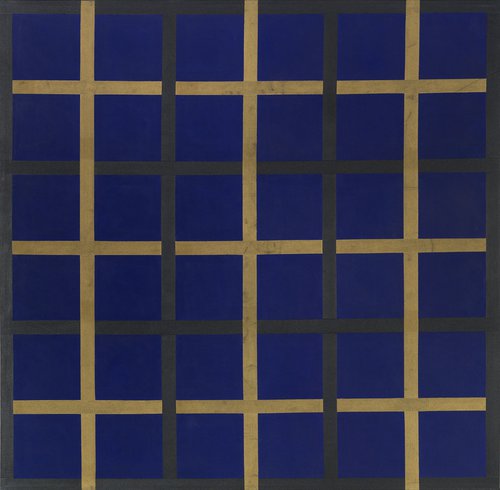

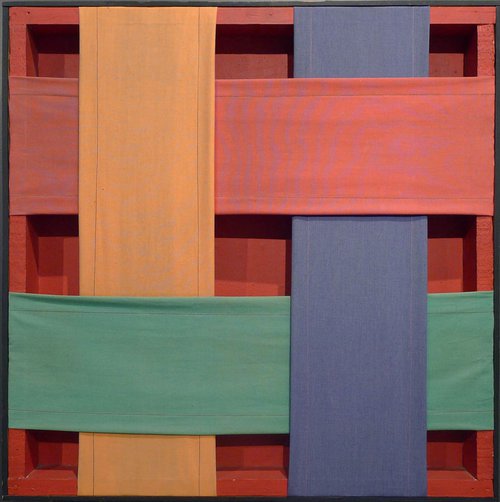
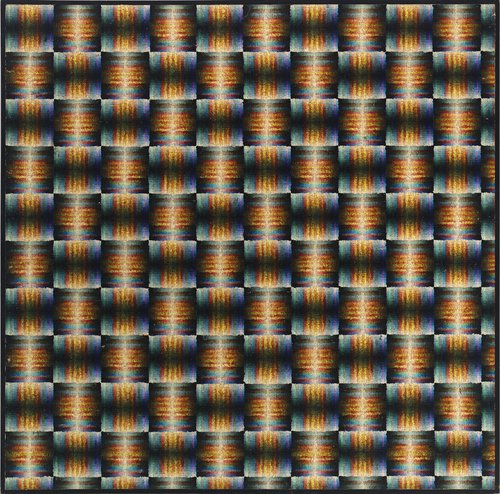
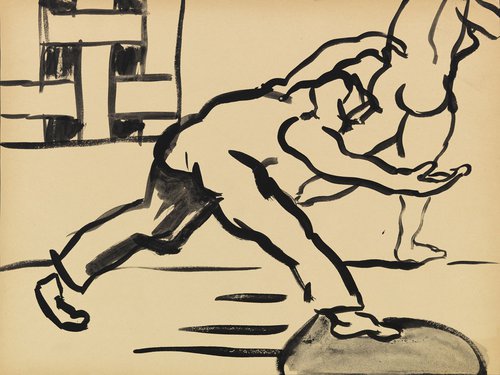
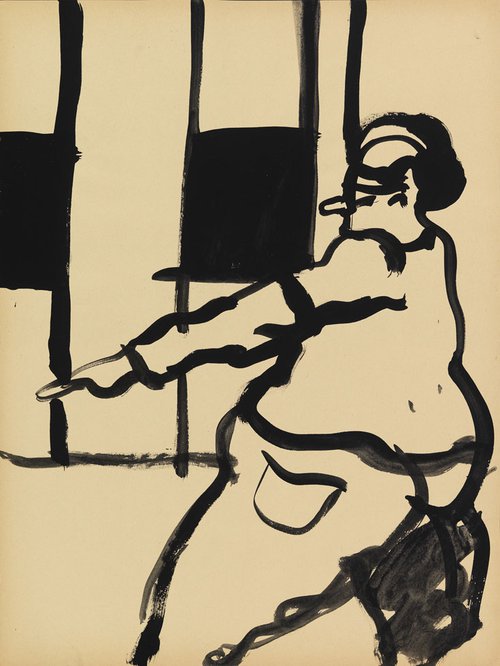
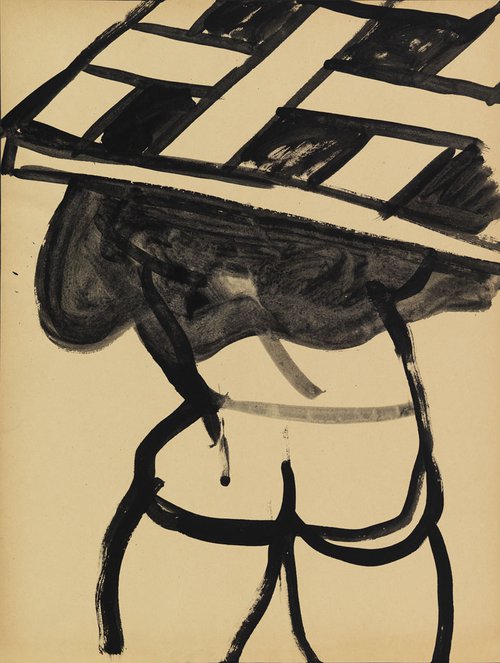
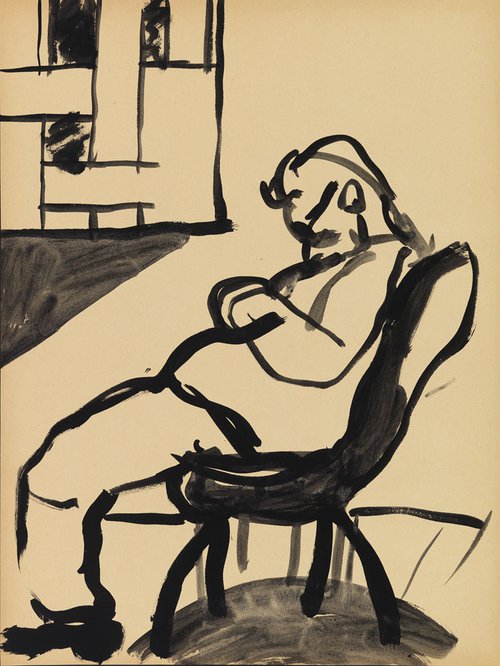
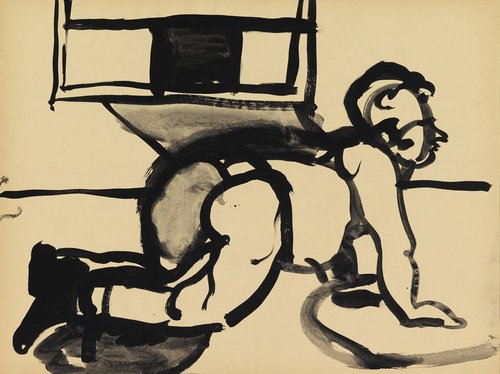
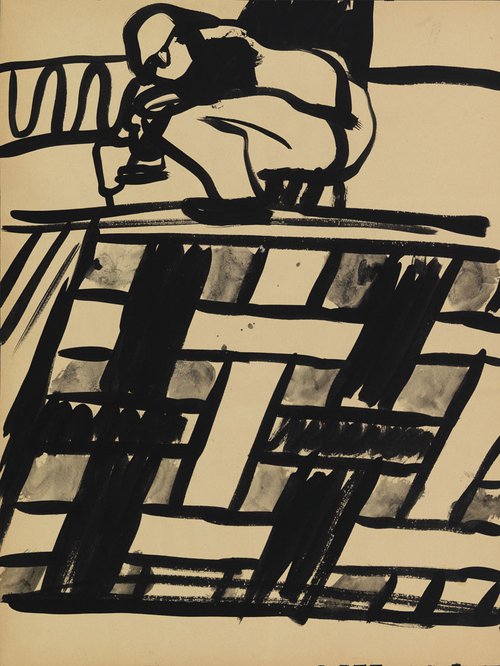
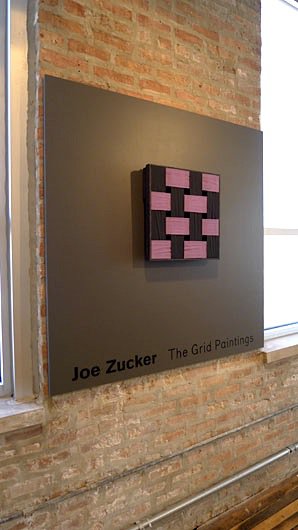
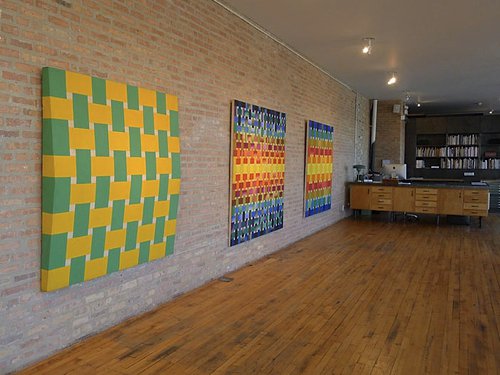
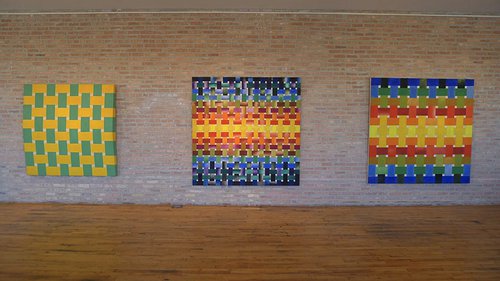
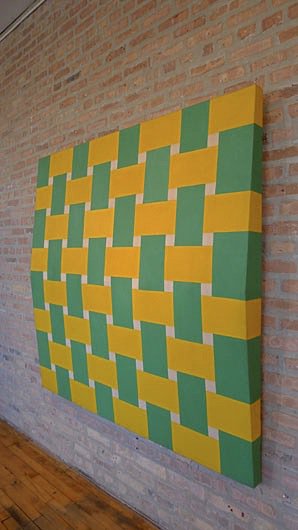

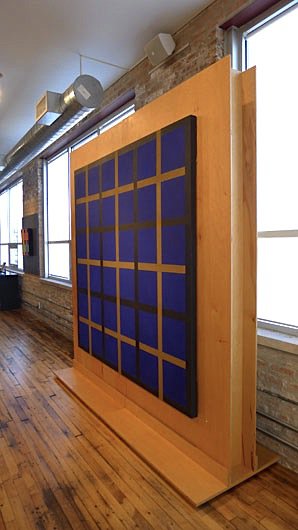
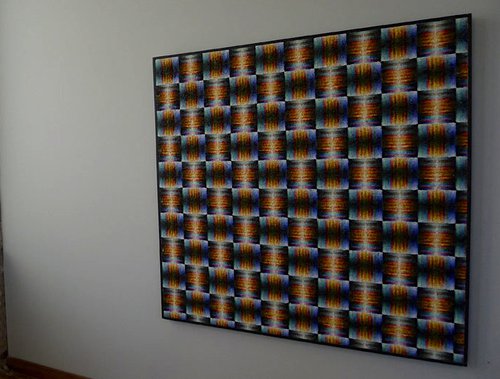
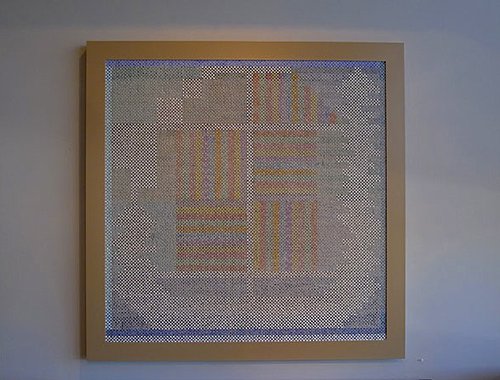
Press Release
Joe Zucker’s work has always moved between material and concept, between image and process, whether in his well-known cotton ball paintings, his figurative paintings of pirate ships, or his recent works using gypsum and watercolor. In this exhibition, Corbett vs. Dempsey is proud to show the first mature body of work in Zucker’s oeuvre; the grid-based paintings he made from 1963 to 1968, when the New York artist was based in the Midwest, first in his birthplace of Chicago, then in Minneapolis.
The earliest of these is a spectacular tour-de-force, Joe’s Painting #4 (1963-64), which combines a thickly worked surface and an optical illusion that seems to put a light source in the interstices of the grid. Some of the pieces in the exhibition are actually woven from strips of fabric, while others are painted to look that way; some have a special architecture built into the stretcher, so the front of the canvas slopes forward in the middle, like the wing of an airplane, while others are part of an elaborate 12-panel series that progressively zooms in on the center of the first piece.
Zucker has said that his initial inspiration for these rarely seen works, which have not been exhibited since the 1960s, was the weave of Walgreen’s lawn furniture, but they also engage and challenge the modernist formal impulse, breaking down painting to its most basic component, the weave of the canvas. In addition to seven of these original grid paintings, the exhibition will also include one of Zucker’s brand new gypsum works, and several drawings that the artist made at the time, hilariously documenting his own physical relationship with these large canvases. This exhibition puts in context the early work of one of the great mavericks of American art, and at the same time it brings back home one of Chicago’s own.
The exhibition is accompanied by an extensive 84-page catalog loaded with period photographs and ephemera and featuring an essay by art historian Terry R. Myers and a conversation between John Corbett and Joe Zucker.



